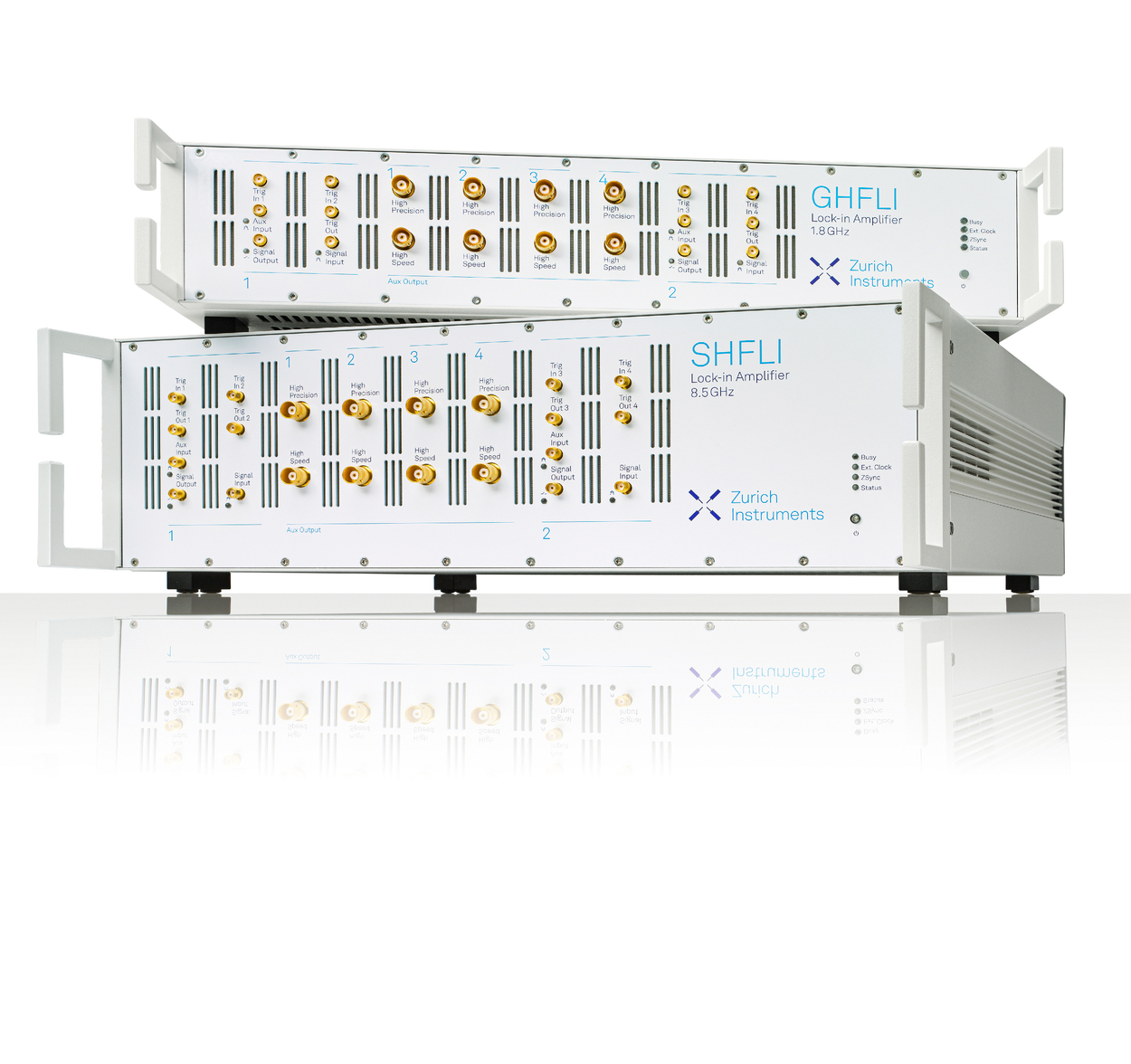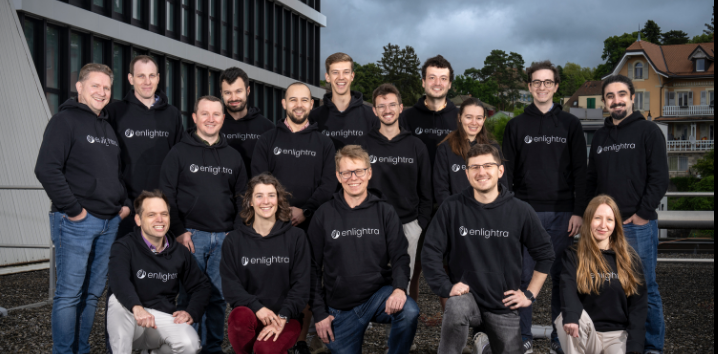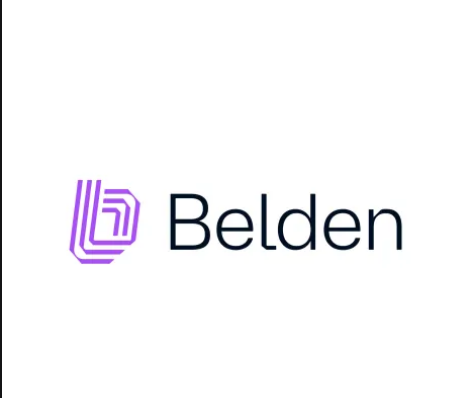Insider Brief
- Zurich Instruments announces the release of the company’s GHFLI and SHFLI Lock-in Amplifiers. The devices have numerous benefits:
- The GHFLI and SHFLI Lock-in Amplifiers extend the advantages of lock-in amplifiers – noise rejection, phase sensitivity, frequency tracking, and more – to applications that operate at microwaves.
- They combine lock-in detection with a full microwave measurement suite that includes an oscilloscope, spectrum analyzer, parametric sweeper, and more, which reduces the setup complexity for scientists and engineers.
- The wide frequency range of both instruments will give the researcher working on spin qubits the freedom to choose resonators that work at higher frequencies for fast spin-readout.
Modern laboratories investigating quantum questions and building tomorrow’s quantum applications need precision and stability. That’s an understatement. There has never been a time in scientific history when scientists relied more on the exacting precision and stability required by today’s quantum science environments.
Zurich Instruments was built by a team of researchers, scientists and engineers who strive to provide tools and technologies that rise to that challenge of developing today’s quantum scientific organizations and powering tomorrow’s quantum applications.
The latest lock-in amplifiers — GHFLI and SHFLI — are instruments that reflect that precision and demonstrate a deep understanding of what Zurich Instruments’ clients both need and expect. An official launch event will be held on Oct. 6.

According to the company GHFLI and SHFLI offer clients advantages of lock-in detection, such as noise rejection, phase sensitivity, frequency tracking and more — to the GHz range.
“Each instrument offers 2 independent lock-in channels and combines them with a full microwave measurement suite that includes an Oscilloscope, Spectrum Analyzer, Parametric Sweeper and more, reducing complexity for scientists and engineers.”
“With measurement frequencies up to 1.8 and 8.5 GHz, respectively, these two trailblazing instruments target applications such as RF MEMS and NEMS characterization and control, spin qubits, ultrafast laser spectroscopy, spintronics, electronic devices failure analysis,” the company states. “Each instrument offers 2 independent lock-in channels and combines them with a full microwave measurement suite that includes an Oscilloscope, Spectrum Analyzer, Parametric Sweeper and more, reducing complexity for scientists and engineers.”
In an email interview, the company summarizes just some of the key benefits of using GHFLI and SHFLI:
“The lock-in technique allows choosing the measurement speed that best fits the experimental situation, like a high or low signal-to-noise ratio. Additionally, the integrated toolset reduces the need to purchase additional monitoring equipment like oscilloscopes or spectrum analyzers and the time spent integrating them into the setup.”
Further, the team adds that the lock-in detection technique affords the flexibility to choose from a wide range of time constants — from nanoseconds to tens of seconds — for the optimal choice of integration length for each situation.
The Instruments
Researchers in today’s quantum technology field require versatility to handle a range of experimental conditions. The GHFLI and SHFLI have two independent channels — each of which can measure multiple signals in parallel and generate multi-tone waveforms — that can handle a wide variety of experimental conditions.
The company adds that the intuitive user interface lets users run all the measurement tools simultaneously, providing an overview of the signals at a glance.
The demodulator filters provide the freedom to find the best tradeoff between noise rejection and measurement speed in every situation, with a time constant tunable between 14 ns and 21 s.
Zurich Instrument scientists write: “The GHFLI and SHFLI are equipped with 8 demodulators, so they can measure up to 8 harmonics at the same time – or even 8 arbitrary frequencies with the multi-frequency option – and provide amplitude and phase for each; any application that needs measurements at different frequencies will see a great reduction in acquisition time with the GHFLI and SHFLI by measuring at up to 8 frequencies simultaneously. In comparison, stand-alone Spectrum Analyzers, the usual choice for measuring signals dynamically at these frequencies, measure a single frequency component and only provide its amplitude. In comparison, stand-alone Spectrum Analyzers, the usual choice for measuring signals dynamically at these frequencies, measure only the amplitude of the spectral components. ”
They added that the high-data-rate digital interfaces enable simple data acquisition while, at the same time, the 8 auxiliary outputs can convert the results into analog signals for integration with other instrumentation or to provide feedback to the system. Both instruments can operate down to DC, the GHFLI measuring up to 1.8 GHz and the SHFLI up to 8.5 GHz.
“The GHFLI and SHFLI include the LabOne® control software that makes setting them up easy and convenient: the graphical user interface offers an intuitive approach to instrument control and data visualization and, thanks to its tab design, all tools in the measurement suite can run in parallel and be a maximum of 1 click away. Additionally, all the functionality and data acquisition can be accessed through the major programming languages for ease of integration: LabVIEWTM, MATLAB®, C, .NET and Python are supported.”
Software
Set-up is no trouble, according to Zurich Instruments. Numerous tools and features make getting the equipment operational convenient.
They write: “The GHFLI and SHFLI include the LabOne® control software that makes setting them up easy and convenient: the graphical user interface offers an intuitive approach to instrument control and data visualization and, thanks to its tab design, all tools in the measurement suite can run in parallel and be a maximum of 1 click away. Additionally, all the functionality and data acquisition can be accessed through the major programming languages for ease of integration: LabVIEWTM, MATLAB®, C, .NET and Python are supported.”
The built-in Sweeper that greatly simplifies the automation of tasks such as the measurement of transfer functions, spectral noise densities and many other parametric scans. This is particularly helpful for researchers working on electronic devices characterization, MEMS, photonics and scanning probe microscopy.
GHFLI and SHFLI are ideal choices to measure periodic signals quickly and reliably — which benefits a broad range of applications from DC to 8.5 GHz — because of lock-in detection and the versatility of their measurement suite.
To learn more about the new Zurich Instruments microwave lock-in amplifiers visit www.zhinst.com and the GHFLI and SHFLI Lock-in Amplifiers page where you can find an overview video and links to more resources.
The company will also host a GHFLI and SHFLI online launch. You can register here to join the launch event.
To arrange a demo or discuss your application, write to [email protected].
About Zurich Instruments
Zurich Instruments makes cutting-edge instrumentation for scientists and technologists in advanced laboratories who are passionate about phenomena that are often notoriously difficult to measure. The company’s core offering includes lock-in amplifiers, impedance analyzers, arbitrary waveform generators, and the first commercially available quantum computing control system.
Zurich Instruments brings innovation to scientific instrumentation and quantum control systems in the medium-frequency (MF), ultra-high-frequency (UHF) and now also super-high-frequency (SHF) ranges by combining frequency- and time-domain tools within each of its products. This approach reduces the complexity of laboratory setups and unlocks new measurement strategies.
For more market insights, check out our latest quantum computing news here.


















